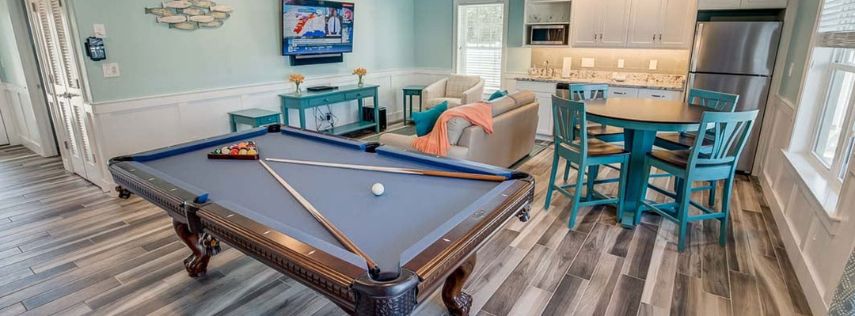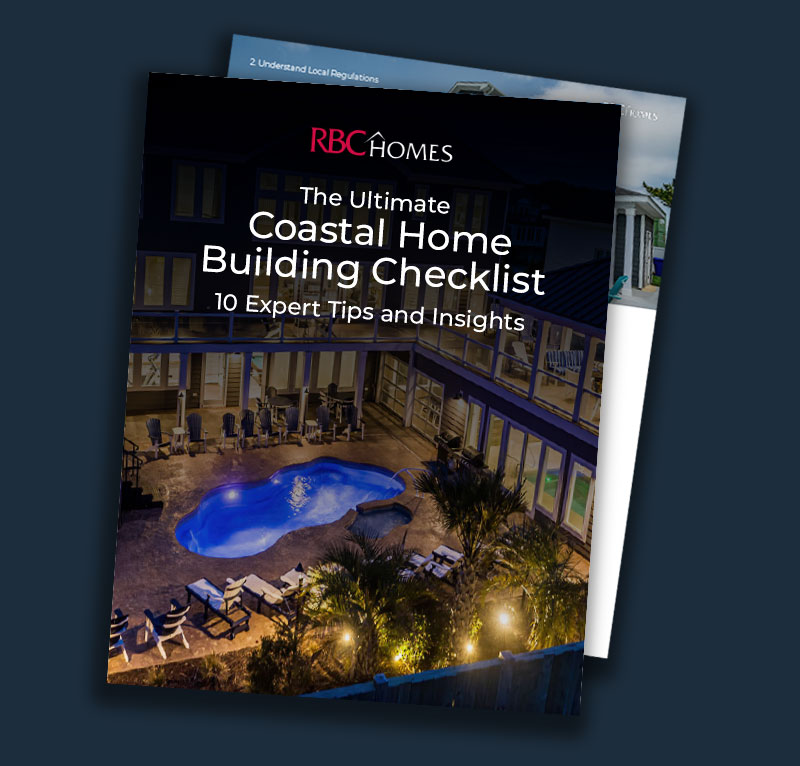How Much does a Home Addition Cost in Virginia Beach?
How much does a home addition cost in Virginia Beach?
This is a key question for many homeowners considering expanding their living space in Virginia Beach’s charming coastal environment.
After all, adding a home addition can be a fantastic way to enhance your comfort and potentially increase your property value.
Whether you dream of an extra bedroom, a sunroom to soak up the views, or a more spacious kitchen, understanding the costs involved is crucial for making informed decisions. These costs can vary depending on factors such as the size and complexity of the addition, the materials used, and the current condition of your home.
Here’s a list of the top cost-related points in this article:
- What is the average cost of a home addition in Virginia Beach?
- What is the average cost per square foot?
- Home Addition Building Material Cost Examples in Virginia Beach
- Home Addition Labor Cost Examples in Virginia Beach
- Detailed Home Addition Costs Components
- Cost-Saving Tips for Home Additions in Virginia Beach by RBC Homes
- Home Addition Case Study: American Dream
- Conclusion
This guide will equip you with the knowledge to navigate the costs and turn your vision into reality.
What is the average cost of a home addition in Virginia Beach?
On average, a home addition in Virginia Beach can cost between $20,000 and $100,000, depending on the type and size of the addition.
Here’s a detailed breakdown:
| Type of Addition | Average Cost Range |
| Room Addition | $20,000 – $75,000 |
| Kitchen and Dining Room Expansion | $40,000 – $100,000 |
| Second-Story Addition | $100,000 – $300,000 |
| Sunrooms | $35,000 – $70,000 |
| Conservatories | $30,000 – $80,000 |
| Garage Addition or Conversion | $20,000 – $50,000 |
| Home Offices | $15,000 – $40,000 |
| In-Law Suites | $60,000 – $120,000 |
| Mudrooms | $8,000 – $15,000 |
| Outdoor Living Spaces | $5,000 – $20,000 |
What is the average cost per square foot?
The average cost per square foot for a home addition in Virginia Beach ranges from $100 to $250.
This range can vary significantly based on the complexity of the project, materials used, and labor costs.
| Square Footage | Low-End Cost | High-End Cost | Average Cost per Sq Ft |
| 100 sq ft | $10,000 | $25,000 | $100 – $250 |
| 200 sq ft | $20,000 | $50,000 | $100 – $250 |
| 300 sq ft | $30,000 | $75,000 | $100 – $250 |
| 400 sq ft | $40,000 | $100,000 | $100 – $250 |
| 500 sq ft | $50,000 | $125,000 | $100 – $250 |
Read on to discover detailed examples of home addition costs, building materials, labor costs, and valuable cost-saving tips from RBC Homes experts.
Home Addition Building Material Cost Examples in Virginia Beach
To assist with budgeting for your home addition in Virginia Beach, here are the average costs of various building materials.
| Building Material | Average Cost Range (per unit) |
| Lumber | $3 – $7 per board foot |
| Concrete | $120 – $160 per cubic yard |
| Drywall | $12 – $22 per sheet |
| Insulation | $0.70 – $1.50 per square foot |
| Roofing Shingles | $95 – $130 per square |
| Vinyl Siding | $3.50 – $5.50 per square foot |
| Windows | $300 – $700 per window |
| Doors | $150 – $600 per door |
| Flooring (Hardwood) | $6 – $12 per square foot |
| Flooring (Tile) | $7 – $20 per square foot |
| Electrical Wiring | $6 – $10 per linear foot |
Home Addition Labor Cost Examples in Virginia Beach
To give you a clear picture of the labor costs involved in a home addition project in Virginia Beach, here are the average prices for various professionals you might need to hire.
| Labor Role | Average Cost (per hour) | Additional Information |
| General Contractor | $50 – $150 | 10% – 20% of total project cost |
| Architect | $70 – $150 | $2,000 – $8,000 for plans and design |
| Plumber | $45 – $200 | Rates depend on complexity of work |
| Electrician | $50 – $120 | Rates depend on project size and complexity |
| Interior Designer | $50 – $200 | Total project cost can range from $1,500 – $8,000 |
| HVAC Expert | $50 – $100 | Includes installation and system setup |
| Painter | $20 – $50 | Rates depend on surface area and type of paint |
Detailed Home Addition Costs Components
Next, let’s delve into the various costs that contribute to your Virginia Beach home addition project.
This breakdown will explore the different components, such as planning and design, construction materials, labor, permits, and finishing touches.
Understanding these components is crucial for creating a realistic budget and ensuring your dream addition aligns with your financial goals.
Planning and Design Costs
| Cost Component | Average Cost | Description |
| Architectural Plans | $1,200 – $5,000 | Creation of detailed blueprints and design documents. |
| Design Fees | $70 – $150 per hour | Fees for architects or designers to develop and revise plans. |
Construction Costs
| Building Material | Average Cost | Description |
| Lumber | $3 – $7 per board foot | Cost for framing and structural elements. |
| Concrete | $120 – $160 per cubic yard | Essential for foundations and slabs. |
| Drywall | $12 – $22 per sheet | Used for walls and ceilings. |
| Roofing Shingles | $95 – $130 per square | Covers 100 square feet, varies by grade. |
| Vinyl Siding | $3.50 – $5.50 per square foot | Popular for exterior cladding. |
| Windows | $300 – $700 per window | Standard windows prices vary by size/type. |
| Doors | $150 – $600 per door | Includes both interior and exterior doors. |
| Flooring (Hardwood) | $6 – $12 per square foot | Costs depend on wood type and finish. |
| Flooring (Tile) | $7 – $20 per square foot | Varies based on material (ceramic, porcelain). |
| Electrical Wiring | $6 – $10 per linear foot | Includes cost of wire and installation. |
Labor Costs
| Labor Role | Average Cost (per hour) | Additional Information |
| General Contractor | $50 – $150 | 10% – 20% of total project cost. |
| Plumber | $45 – $200 | Rates depend on complexity of work. |
| Electrician | $50 – $120 | Rates depend on project size and complexity. |
| HVAC Expert | $50 – $100 | Includes installation and system setup. |
| Painter | $20 – $50 | Rates depend on surface area and type of paint. |
Permits and Fees
| Cost Component | Average Cost | Description |
| Building Permits | $500 – $2,000 | Necessary for legal compliance and safety standards. |
| Inspection Fees | Included in permits | Additional charges may apply depending on local regulations. |
Finishing Costs
| Finishing Component | Average Cost | Description |
| Flooring (Hardwood) | $6 – $12 per square foot | Costs depend on wood type and finish. |
| Flooring (Tile) | $7 – $20 per square foot | Varies based on material (ceramic, porcelain). |
| Paint and Finishes | $20 – $50 per hour | $1 – $3 per square foot for materials. |
| Fixtures and Fittings | $500 – $5,000+ | Depending on the quality and type of fixtures. |
Cost-Saving Tips for Home Additions in Virginia Beach by RBC Homes
When undertaking a home addition project in Virginia Beach, it is essential to manage costs effectively without compromising on quality.
By implementing strategic planning and making informed decisions, you can achieve your desired outcome while staying within budget.
Here are some cost-saving tips from RBC Homes that will help you navigate your addition project efficiently and economically:
Effective Planning and Budgeting
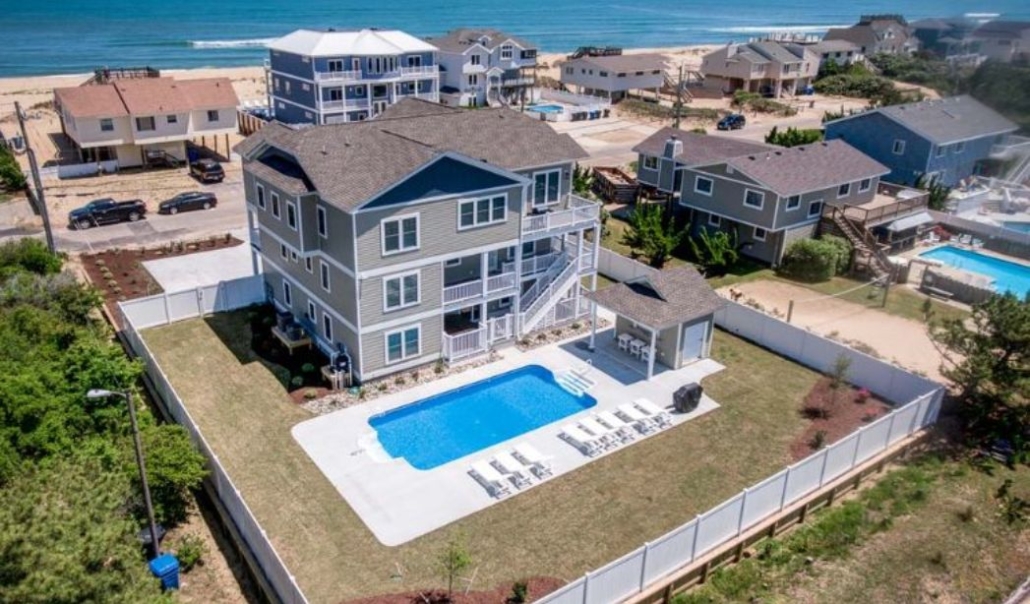
Effective planning and budgeting are key to a successful home addition project.
Start with a comprehensive plan covering design, materials, labor, and permits. Establish a realistic budget with a contingency fund for unexpected costs.
Regularly update your budget to reflect project changes.
Engage architects and contractors early for accurate estimates and professional advice.
- Detailed Planning: Begin with a clear and detailed plan. Outline all aspects of the project, including design, materials, labor, and permits. A well-defined plan helps prevent unexpected expenses and delays.
- Budgeting: Establish a realistic budget that includes a contingency fund for unexpected costs. Regularly update your budget to reflect any changes during the project.
- Professional Consultation: Engage with architects and contractors early to get accurate estimates and professional advice on cost-saving measures.
Choosing Cost-Efficient Materials
Choosing cost-efficient materials is vital for managing the overall budget of your home addition.
Opt for durable, mid-range materials that offer a good balance between cost and longevity.
For instance, vinyl siding can be a more economical choice than brick while still providing excellent weather resistance.
Purchasing materials in bulk can also lead to significant discounts, especially if coordinated with your contractor during sales or off-peak seasons.
- Opt for Durable, Mid-Range Materials: Select materials that offer a balance between cost and durability. For example, vinyl siding is cheaper than brick but still offers good weather resistance.
- Bulk Purchasing: Buy materials in bulk where possible to benefit from discounts. Coordinate with your contractor to purchase materials during sales or off-peak seasons.
- Recycled and Reclaimed Materials: Consider using recycled or reclaimed materials for certain parts of the project. This can significantly reduce costs and add unique character to your home.
Read More: Retirement in Virginia Beach VA – 8 Benefits to Know
Hiring Experienced Contractors
Hiring experienced contractors is crucial for the success of your home addition project in Virginia Beach.
Experienced professionals ensure quality work and efficiency, reducing the risk of costly mistakes.
Obtain multiple quotes to compare value and scope, and always verify references and past projects.
Clear contracts with detailed terms help prevent misunderstandings and additional charges.
- Experienced Contractors: Hire contractors with a proven track record and good references. Experienced professionals can complete the job more efficiently, reducing labor costs and avoiding costly mistakes.
- Multiple Quotes: Obtain multiple quotes from different contractors to ensure you’re getting the best value for your money. Make sure to compare the scope of work and materials specified in each quote.
- Clear Contracts: Ensure all agreements are detailed in a written contract, including timelines, materials, labor costs, and payment schedules. This helps avoid misunderstandings and additional charges later on.
Avoiding Design Changes Mid-Project
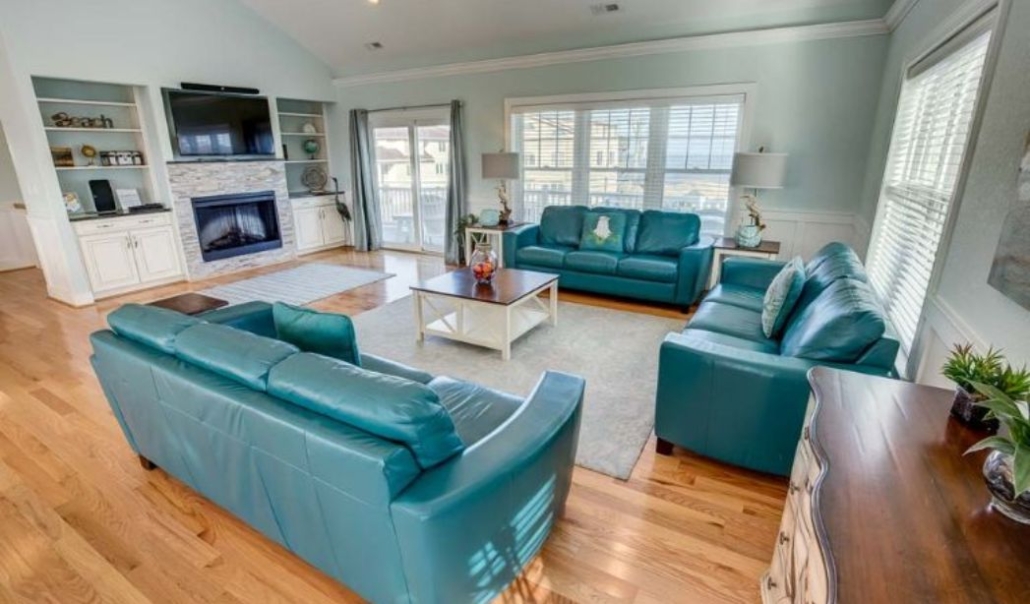
Avoiding design changes mid-project is essential to keep costs under control.
Finalize all design decisions before construction begins to prevent the need for reordering materials or redoing completed work.
This proactive approach saves time and money, ensuring your project stays on schedule and within budget.
- Firm Design Decisions: Finalize your design decisions before starting the construction. Changes made mid-project can lead to significant additional costs due to the need to reorder materials or redo completed work.
- Plan for Future Needs: Think ahead about your long-term needs and include them in your initial design. This reduces the likelihood of needing further modifications after the project begins.
- Effective Communication: Maintain open and regular communication with your contractor to ensure everyone is aligned with the project’s progress and any potential issues are addressed promptly.
By following these cost-saving tips, you can manage your home addition project more effectively, ensuring it stays within budget while achieving the desired results.
Always consult with local experts and professionals to tailor these strategies to your specific needs and circumstances.
Home Addition Case Study: American Dream
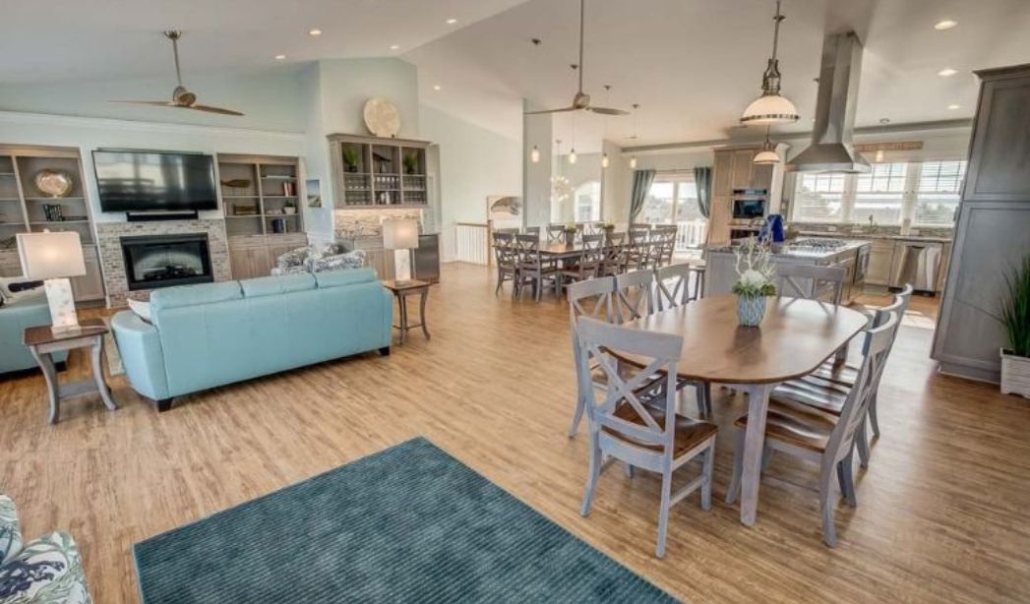
RBC Homes transformed the “American Dream” project by expanding the kitchen, enhancing the living room with large windows, adding a guest room and home office, and updating the exterior.
This renovation improved functionality, added modern design elements, and boosted the home’s energy efficiency and curb appeal, significantly increasing its value and appeal.
Conclusion
In this article, we explored the costs and strategies for home additions in Virginia Beach.
Additionally, we detailed the breakdown of material and labor expenses while providing tips to save costs effectively.
By planning carefully and choosing cost-efficient materials, you can achieve your dream home within budget.
For expert assistance on your addition project, contact RBC Homes today.
